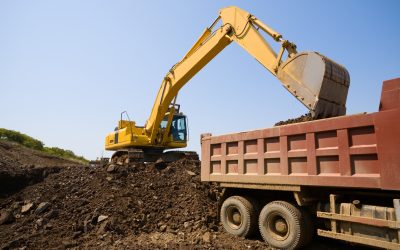While many people simply refer to the alloy as “stainless steel”, there are actually many different types of stainless steel. Depending on the alloy, heat treating of stainless steel must be completed with different parameters and different considerations.
Groups to Consider
It is essential when heat treating of stainless steel to know the grade of the stainless steel. These include the martensitic, ferritic and austenitic groups or grades as well as precipitation hardening grades.
* Martensitic – these are the stainless steel alloys with 12-14% chromium and low levels of carbon, typically at less than 1%. These types of stainless steels are naturally brittle, so heat treating is essential to produce workable steel. They are typically annealed to reduce the natural hardness of the metal and to increase the ductility of the alloy, or they can be quenched and tempered to boost strength as well as hardness without being brittle.
* Ferritic – annealing is the most common method of heat treating of stainless steel that is in the ferritic group. Through the process, they retain and lower level of hardness when compared to the martensitic group, but they also have higher corrosion resistance as well as maximum ductility. Through the annealing process, the interior grain stress is removed resulting in a much more workable final product.
* Austenitic – these steels are not hardened by heat treatment, but annealing is used to boost corrosion resistance and to increase ductility. Annealing is often used after welding or any other type of heat process to compensate for any changes to the metal the heating has caused.
* Precipitation Hardening – these grades have a mix of the features or properties of the austenitic and martensitic types of stainless steel. Through heating or annealing they have high corrosion resistance as well as high strength. They can also be age-tempered.
Considerations
A company offering heat treating of stainless steel will work with the alloy to ensure that the right atmosphere and the right heat cycle is used to prevent oxidation or any irregularities in the process, particularly if the parts or components are brazed.
In addition, it is important to manage the cooling after the heat treating of stainless steel. Cooling at the right speed, temperature and with the right atmosphere is critical to avoid oxidation, to reduce the corrosion resistance, and to possibly weaken the strength of the alloy.



